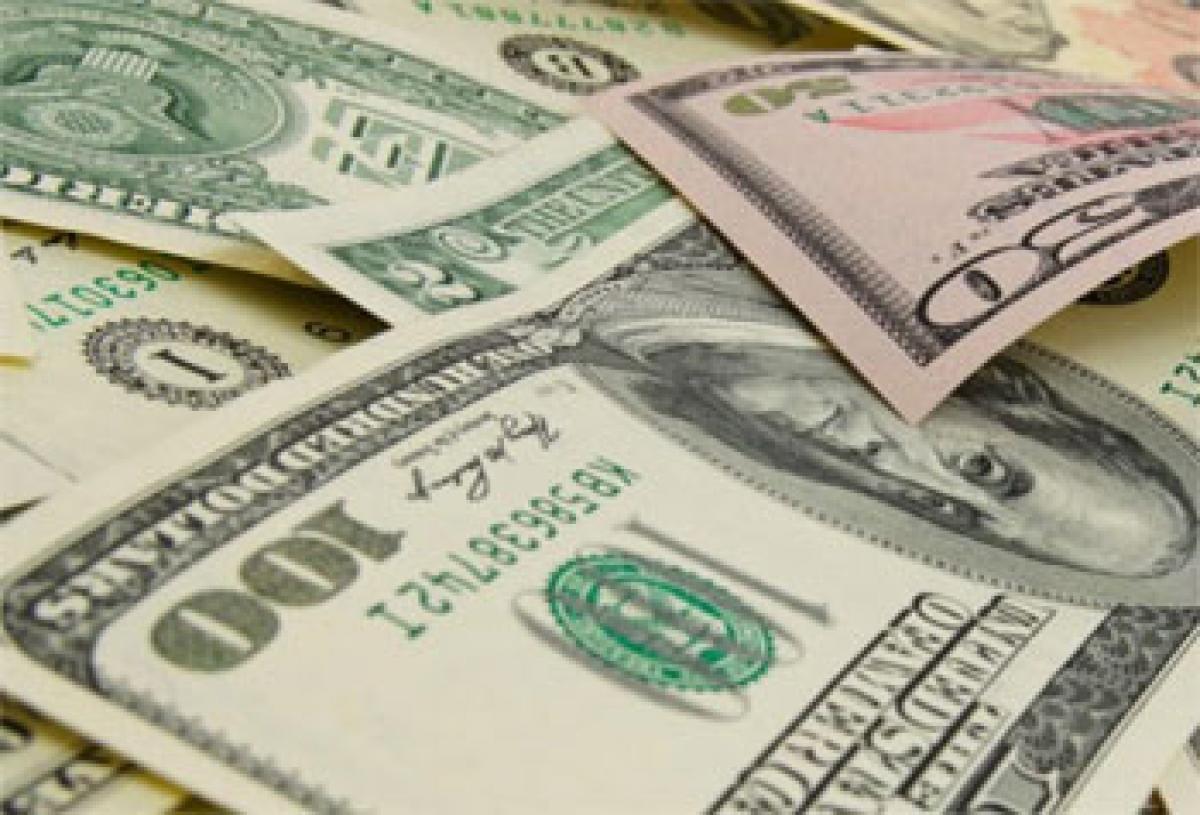Live
- Vikram’s ‘Veera Dheera Sooran’ teaser: Laden with mass elements
- Tamil Nadu records 40.05 pc voting till 1 pm
- Sithara Entertainments announces ‘MAD Square;’ pooja ceremony held
- Google Unifies Hardware and Software Teams for Advanced AI Development
- Amit Shah Recalls Political Journey As He Files Nomination From Gandhinagar
- Political Furor Erupts Over Tragic Campus Murder In Karnataka
- Liver diseases in kids up due to junk food, sugar consumption
- Air India Suspends Tel Aviv Flights Amidst Middle East Tensions
- ‘Beauty of Indian democracy’: Women officers dominate polling in Puducherry’s Mahe region
- Apple Removes WhatsApp and Threads from its Store in China; Details
Just In

The long expected interest hike in United States has ultimately come true. Signals of such a policy move were evident for quite a long time, giving ample time for countries like India to be well-prepared for any eventuality. However, the time has come for an emerging economy like India to be conscious and cautious of external shocks to the domestic economy.
 The long expected interest hike in United States has ultimately come true. Signals of such a policy move were evident for quite a long time, giving ample time for countries like India to be well-prepared for any eventuality.
The long expected interest hike in United States has ultimately come true. Signals of such a policy move were evident for quite a long time, giving ample time for countries like India to be well-prepared for any eventuality.
However, the time has come for an emerging economy like India to be conscious and cautious of external shocks to the domestic economy.
The interest rates in United States hit rock bottom in 2009 in the wake of recession. The US economy is now on fast-track recovery. Unemployment rate is at a low level of only 5 per cent.
America lost 8.7 million jobs during the recession, reports The Economist. It has since gained 13 million jobs. Thus low unemployment rate is an indication of recovery from the debilitating recession. Similarly, wages which remained stagnant for long started showing an upward trend.
But, the increase in wages is also due to decline in rates of labour participation. For instance, the labour force participation in US among 25 to 54 year olds in the third quarter of the year was lower than at any time since 1984. Low inflation is cited as another reason for hiking the interest rates.
But, this fall in inflation is more due to unprecedented slump in global oil prices and fall in demand due to recession itself. Further fall in oil prices is unlikely. Thus the expectation of a further hike in interest rates is tricky.
The lesson for India is to be vigilant rather than unduly disturbed. This seems to be mood in the official circles, too, as is evident from the reaction of Chief Economic Advisor to Government of India. Arvind Subramanian said, “The impact of the US interest rate hike should be minimal in India as the country is relatively well cushioned.”
But, the invincibility of Indian economy to global monetary and economic signals need not be over exaggerated. This was the mistake India did when it interpreted the immediate post recession recovery as a sustainable one only to witness sluggish growth rate in the subsequent periods. The questions over the resilience of our economy to such global changes are due to structural factors in world economy and Indian economy.
The world economy is still characterised by industrialised economies like US at the centre and emerging and other developing economies at the periphery with centripetal forces operating on global finance capital flows. The rate hike signals recovery in US economy.
Such hopes could trigger capital flight from emerging economies like India due to centripetal forces causing a predatory impact on our domestic economy. The increased influence of foreign institutional investment (FII) on our economy, the greater share of short-term debt in overall external debt, negative impact on our exports due to possible currency depreciation owing to strong dollar and imports induced by unbridled conspicuous consumption etc., make the Indian economy vulnerable to such global external changes.
India should further improve its economic fundamentals to insulate itself from Fed-related volatility. The emphasis on domestic savings, domestic investment and domestic market and reducing dependence on butterfly or footloose capital is essential. India should thus convert the threat into an opportunity through an economic policy course correction.

© 2024 Hyderabad Media House Limited/The Hans India. All rights reserved. Powered by hocalwire.com







